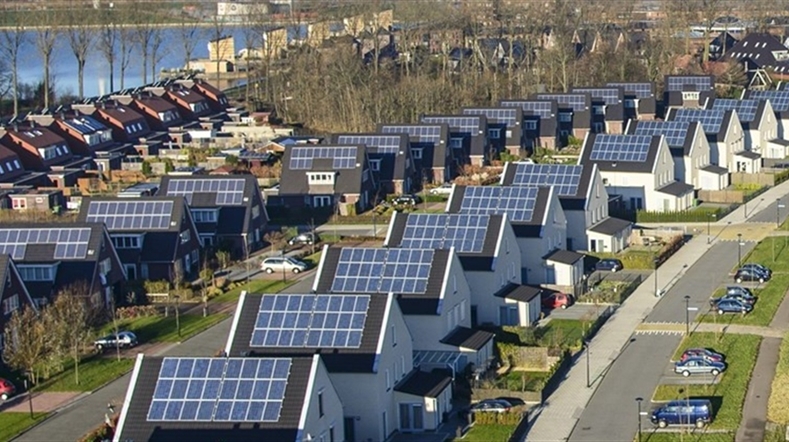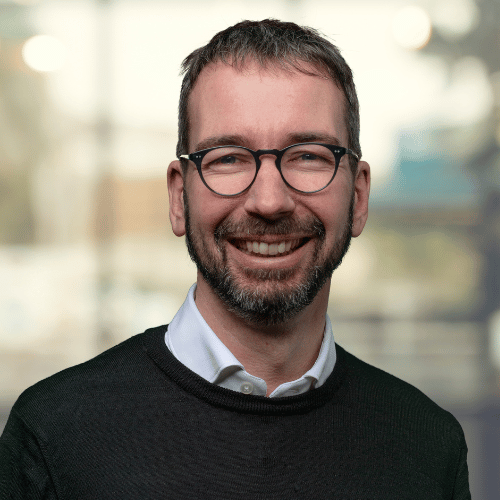Living without gas: drivers and barriers
All homes in the Netherlands must stop using gas by 2050, with some 1.5 million homes and other buildings to be converted by 2030. The Dutch national government wants this to be feasible and affordable for all. And because residents are the key to the success of this operation, we carried out research on the drivers and barriers that influence the country’s inhabitants when it comes to ending the use of gas.
Understanding residents’ experience
The results of the research are important for municipalities, which are working on plans for making their districts gas-free in the near future. To provide a clear picture, we conducted an analysis of the drivers and barriers affecting residents, based among other things on interviews with local people and officials.
Purmerend and Zwijndrecht
We carried out this research in two districts. The first is in Purmerend, in the western province of North Holland, which is one of 27 municipalities participating in the ‘testing ground for gas-free districts’ programme. The other district is in Zwijndrecht, South Holland, where no specific plans have been announced yet.
Trust is important
A key driver that emerges from the research is trust. Honest communication and a personal approach by the municipality may persuade residents to take part. Barriers are a lack of clarity about the necessity of the change and concerns about the costs. However, costs can also be a driver if it becomes clear that they can be recouped over time. This may be due to lower energy bills as well as a possible increase in the value of the house.
Looking at the whole process
For the analysis, we used previously developed models, such as that of the ‘customer journey’ made by a resident towards living in a home without gas. This journey consists of the nine steps that a resident takes on the way to gas-free living (see illustration):
- Becoming aware of living without gas as a topic
- ‘Grapevine’ phase
- Becoming aware of personal situation
- Exploring, waiting or resisting
- Exploring solutions
- Choosing a solution
- Living with conversion work
- Living in a partially or fully gas-free home
- Becoming an ambassador
Dropping out in case of obstacles
Residents may drop out during any one of these nine steps if they come up against obstacles to taking the next step. If we know which drivers and barriers play a role at each step, we can ensure that residents are given more specific encouragement. For this reason, we’ve identified these factors for each step of the customer journey and made recommendations.
Attention, ability, and intention
Three things appear to be essential for residents in relation to making homes gas-free:
- Attention: they must have thought consciously about the topic and must have a motive for switching to an alternative.
- Ability: they must be in a position to do this, both financially and otherwise.
- Intention: the residents must want to make the transition, for example because they have confidence in the municipality’s approach and because the transition is made easy.
We used the CODEC (Consumer Decisions Comprehended) model to analyse how the drivers and barriers are linked to these three factors.
Each residents' situation is different
With regard to switching energy source, residents are concerned about more than just the content of the municipality’s offer. The way it is presented to them is also important. The individual circumstances of residents may be very different and have an influence on their decision whether or not to switch. Something that is often just a side issue for a municipality or for market participants may be a determining factor for a resident.
Municipalities as key players
Municipalities have a role to play in connecting individuals and companies, sharing knowledge, organising meetings, and providing targeted grants. They may also support a variety of local initiatives, such as:
- organising small-scale heat networks
- seasonal storage
- the smart use of collective heat pumps
- connecting to cheap sources of sustainable heating
In countries around the Netherlands, natural gas has never been the obvious choice. Citizens’ initiatives have been shown to be a great success in those countries, and we should experiment with these in the Netherlands as well.
Get inspired
Sustainable business parks

Succesful neighbourhood approach: motivate residents


Business park sustainability needs momentum



